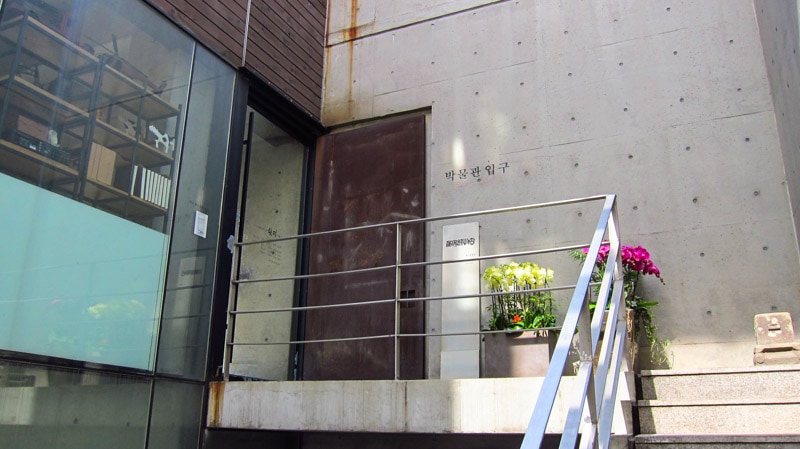
The Lock Museum displays antique locks, keys, and furniture from Korea and all over the world and conserves this disappearing art for future generations. The museum, which features over 4,000 different types of locks, is located in the district of Daehangno (College Street) near Daehak-ro southeast of Hyehwa Station. The Korean name of the museum is “seotdae” which means “a key.”
The museum was opened in a beautiful modern building in November 2003 by Choi Hong-gyu. Before he opened the museum, he ran his own hardware shop and store south of the Hangang River in Gangnam. It was known as Choi Family Hardware.
Mr. Choi, who is now the museum director, used his entire fortune to open the museum. His goal was to show visitors the beauty behind practical keys, locks, key holders, furniture, and more from his home country of Korea and from around the world.
The history and cultural importance of these locks have been disappearing as the world modernizes. The Lock Museum hopes to preserve this part of history for all to see and enjoy.
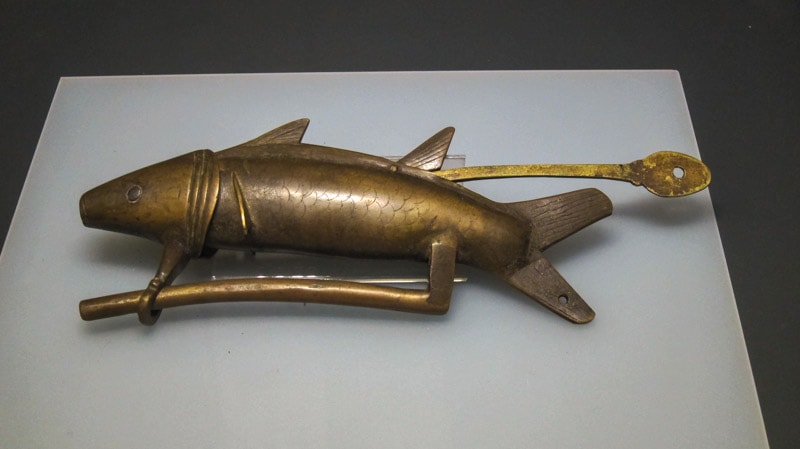
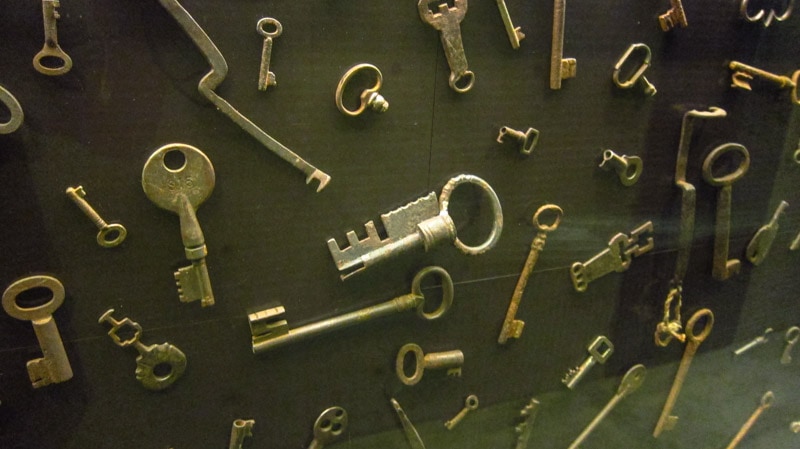
In everyday life locks are practical and functional in protecting gates and the contents of chests and other furniture. The beauty of the design of these antique Korean locks though is unmatched. The designs features characteristics of traditional art and are an important part of the cultural heritage of Korea.
When most people think about locks, they do not take the time to think about the beauty and science behind their creation and function. It is true the primary function of a lock is for security of valuables, but these locks are also important pieces of art and a key to the past.
Many of these locks have been meticulously designed and wonderfully complement the doors, furniture, or wherever they may be used on. Many of the patterns and engravings on these locks are also a sign of luck, health, and longevity.

During the Joseon dynasty (1392-1897), the most basic shaped lock would have been a “ㄷ-shaped” (deegut) lock. It was not uncommon to find other various shaped locks shaped as animals such as fishes, dragons, butterflies, bats, and tortoises. Fishes are a sign of security as their eyes are open at all times and for the prevention of fire as they live in the water. Tortoises represents health and longevity as the animal usually lives a long time.
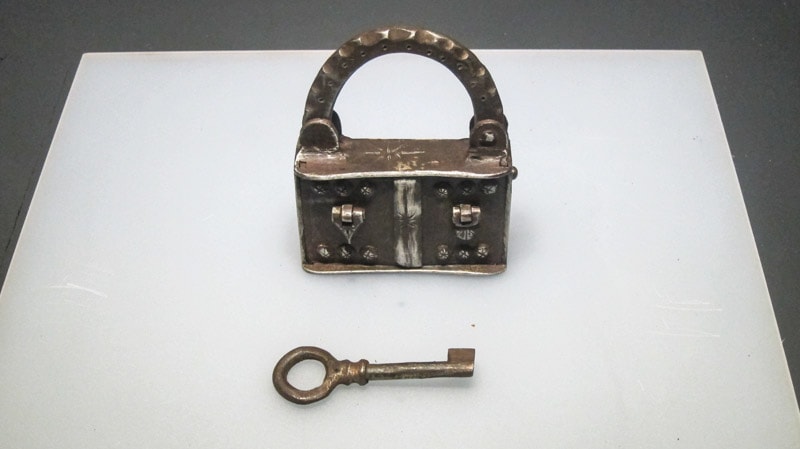
A dunte is wooden door latch that was often used to lock hinged gates of traditional homes. A wooden bar would be put across the inner side of the gate and latched into a grove on the dunte. This would lock the door into place. These wooden duntes were also often decorated with animals such as fishes, dragons, and tortoises. These designs symbolized good health, luck, longevity, and protection for all of those who passed through the gate.
There is also a type of key ring known as a yeolsoepae. There are two types of yeolsoepae, practical and decorative. Practical yeolsoepae are often made of wood or deer horns and are used for conveniently hanging keys. Decorative yeolsoepae are luxuriously crafted and made of metals such as brass and designed with intricate woven ornaments. These decorative pieces are a sign of good luck and were often given as gifts from the mother to her daughter as a wedding gift on the day of her daughters wedding.
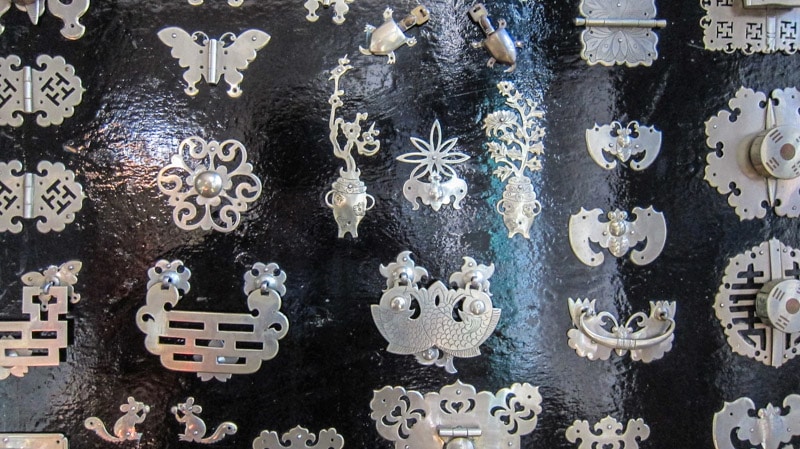

Exhibition Hall 1 : This is the main exhibition hall of the museum. Items here include Korean locks from as far back as the Unified Silla period (668–935) all the way through the Joseon dynasty. On display here are common ㄷ-shaped (deegut) locks and those more uncommon such as fish, dragon, and tortoise shaped locks.
Exhibition Hall 2 : Items in this exhibition hall include Joseon dynasty furniture, wooden boxes, and cabinets that were locked to protect important contents. This includes key, stamp, and comb boxes and boxes that preserved portraits of the deceased.
Exhibition Hall 3 : Items in this small exhibition hall include a variety of metal and wooden locks, keys, bolts, and hinges from all over the world outside of Korea including China and Tibet, Europe, Africa, India, and the Middle East.

Lock Museum Information
Hours
Tuesday-Sunday : 10:00-18:00
Closed on Mondays
Admission
Adult : 4,000
Youth : 3,000
Senior : Free
Address
100 Ihwajang-gil, Ihwa-dong, Jongno-gu, Seoul, South Korea
GPS Coordinates: 37.579787,127.004603
How to Get Here
Take Subway Line 4 to Hyehwa Station (Exit 2).
Continue for 200 meters until you reach the end of Marronnier Park.
Turn left onto Dongsung-gil and continue for another 200 meters.
The museum is located on 3F/4F of the rusty looking building.
Lock Museum Video
Map
Additional Resources
Viator by TripAdvisor
Viator is a popular online platform that helps travelers book tours, activities, and unique experiences worldwide, including in Seoul. It connects users with a wide selection of options – from sightseeing tours to cultural events and outdoor adventures – all offered by local providers.
Klook
Klook offers discounted tickets and reservations for various attractions and services in Seoul, from theme parks and museums to tours and transportation options.
Rakuten
Save money while exploring Seoul with Rakuten's cashback program. Book your hotels or other services through Rakuten and enjoy cashback rewards and exclusive deals.
If you sign up using the link below, you could earn $30 cashback on your first purchase over $30.
Book Recommendations
For an immersive guide to Seoul, many travelers choose to bring a book along. Fodor's Seoul, for example, offers detailed recommendations on sights, restaurants, maps, and travel tips.
Nearby Sights
Marronnier Park

Marronnier Park is a park located in the Daehangno district of Seoul named after the large marronnier (chestnut tree) growing in the center of the park. The Marronnier tree originates from Italy and France in the Mediterranean where in the spring, red and white flowers can be seen blooming. The district of Daehangno, also known as College Street, is a popular place for cultural events, exhibitions, and musical performances.
Daehangno (College Street)
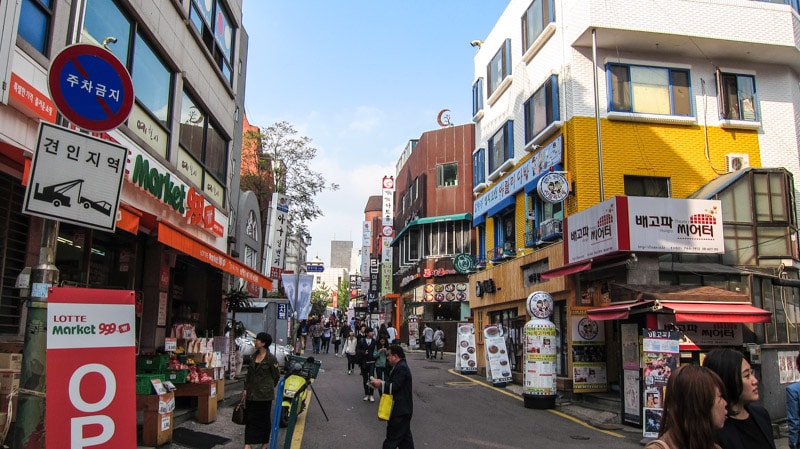
Daehangno, also known as College or University Street, is a popular youth culture area that is lined with small theaters. Seoul National University was once located here. This lively and youthful area is a great place to catch a show, have a nice dinner, or just wander around. Prior to 1985, this area was known as Sunggyobang, meaning "high respect for teaching."
Naksan Park

Stunning views of Seoul can be seen from Naksan Park, set high above Daehangno on Mt. Naksan. A portion of the old fortress wall runs through the park. Naksan Park is sometimes called Nakta Park. The name of the park is a reference to its hump like appearance as "nakta" is the Korean word for camel.
Daehan Hospital
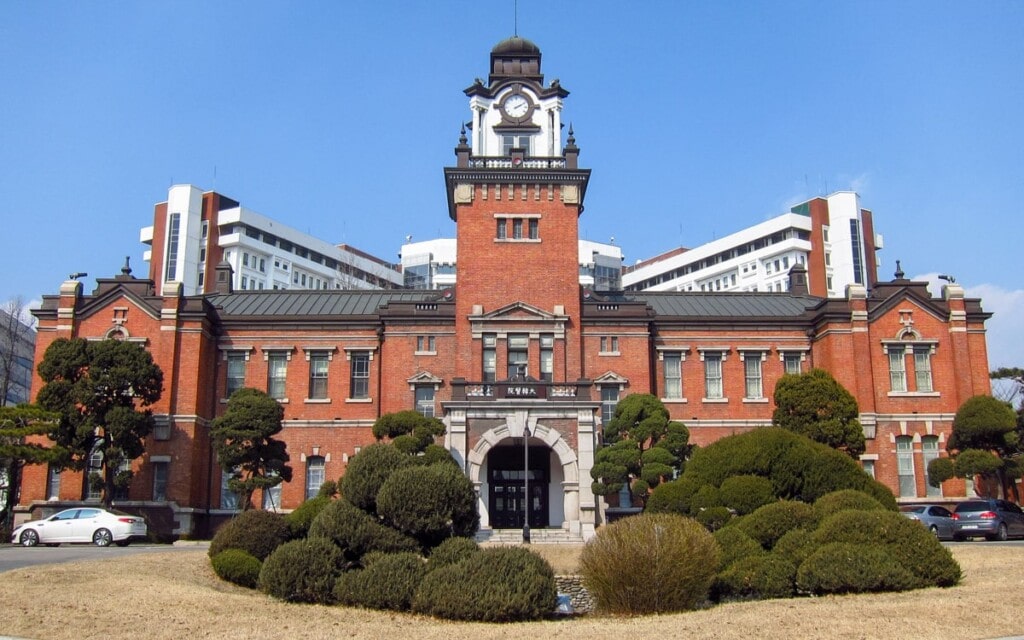
This red brick building was once the main building of Daehan Hospital, the leading medical and hygiene institution during the Great Han Empire (1897-1910). The building is now located on the grounds of the Seoul National University Hospital. In August 1906, construction on Daehan Hospital began on the site of Hamchunwon, the former outer garden of Changgyeonggung Palace.
Daehangno Philippine Market
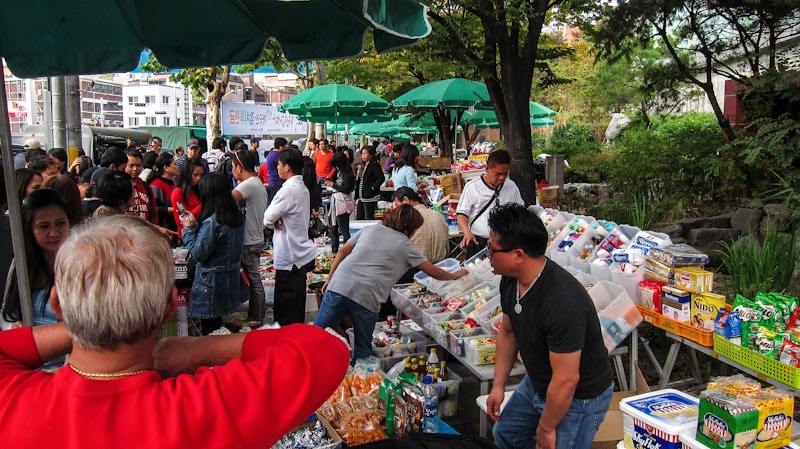
Daehangno Philippine Market is a unique Sunday street market in Hyehwa-dong that sells groceries, food, snacks, and other products from the Philippines. If you are looking for hard to find products of the Philippines, then this is your one stop spot in all of Seoul. There is nothing else like it in the city.
National Children's Science Center
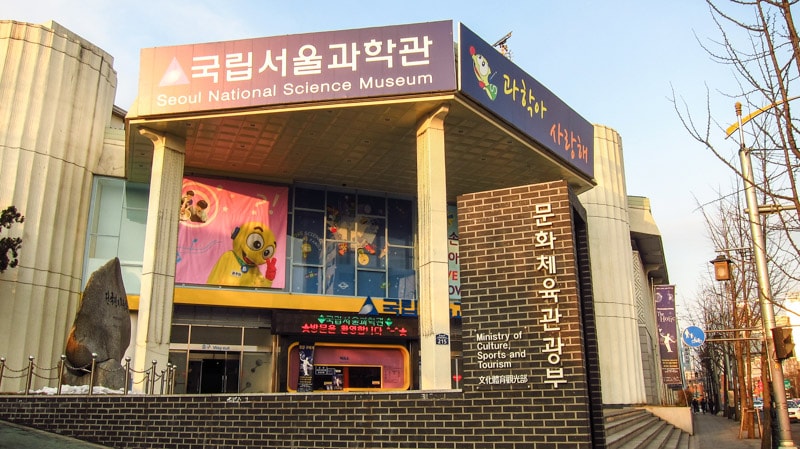
Just north of the main gate of Changgyeonggung Palace is National Children's Science Center which features interesting exhibits for both children and adults. This museum was formerly known as the Seoul National Science Museum. The museum which is often missed by most tourists features three floors of exciting and interactive exhibitions along with a museum shop and lounge where parents and visitors can relax and rest.
Last Updated on Mar 14, 2025